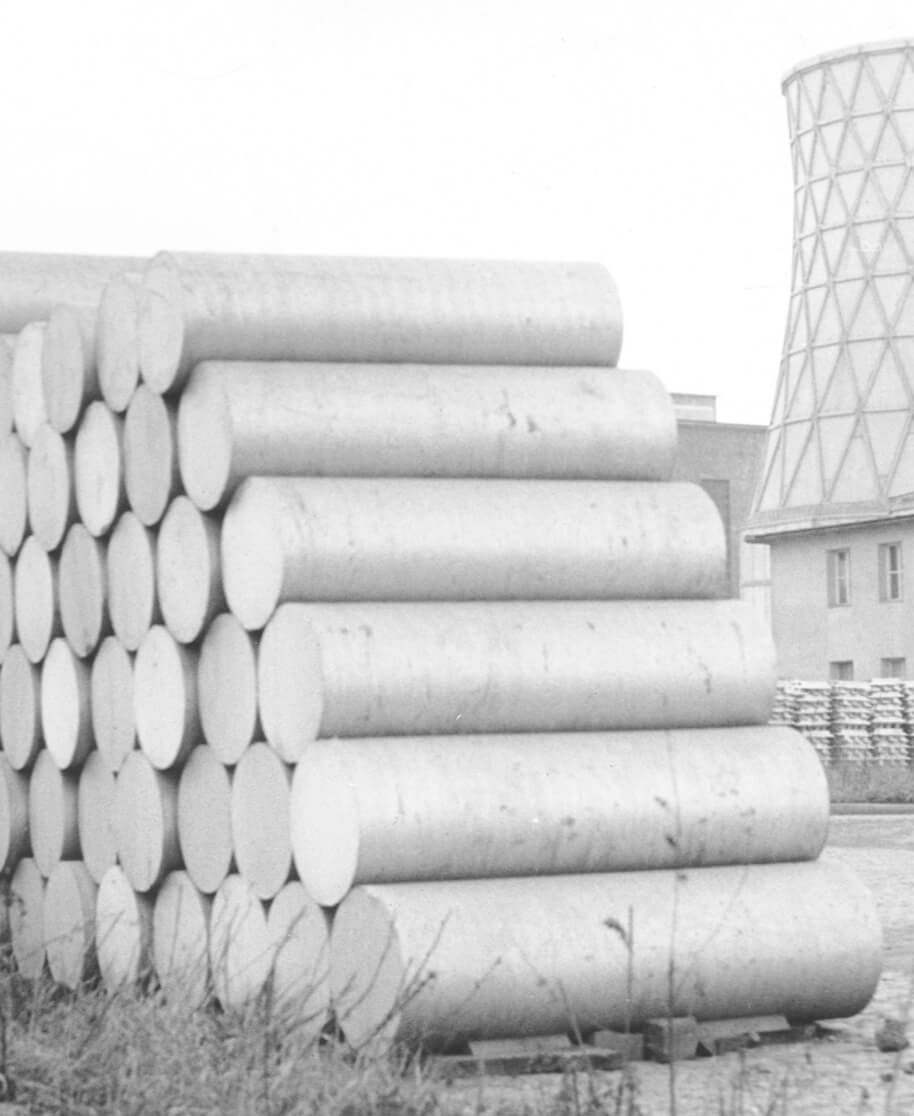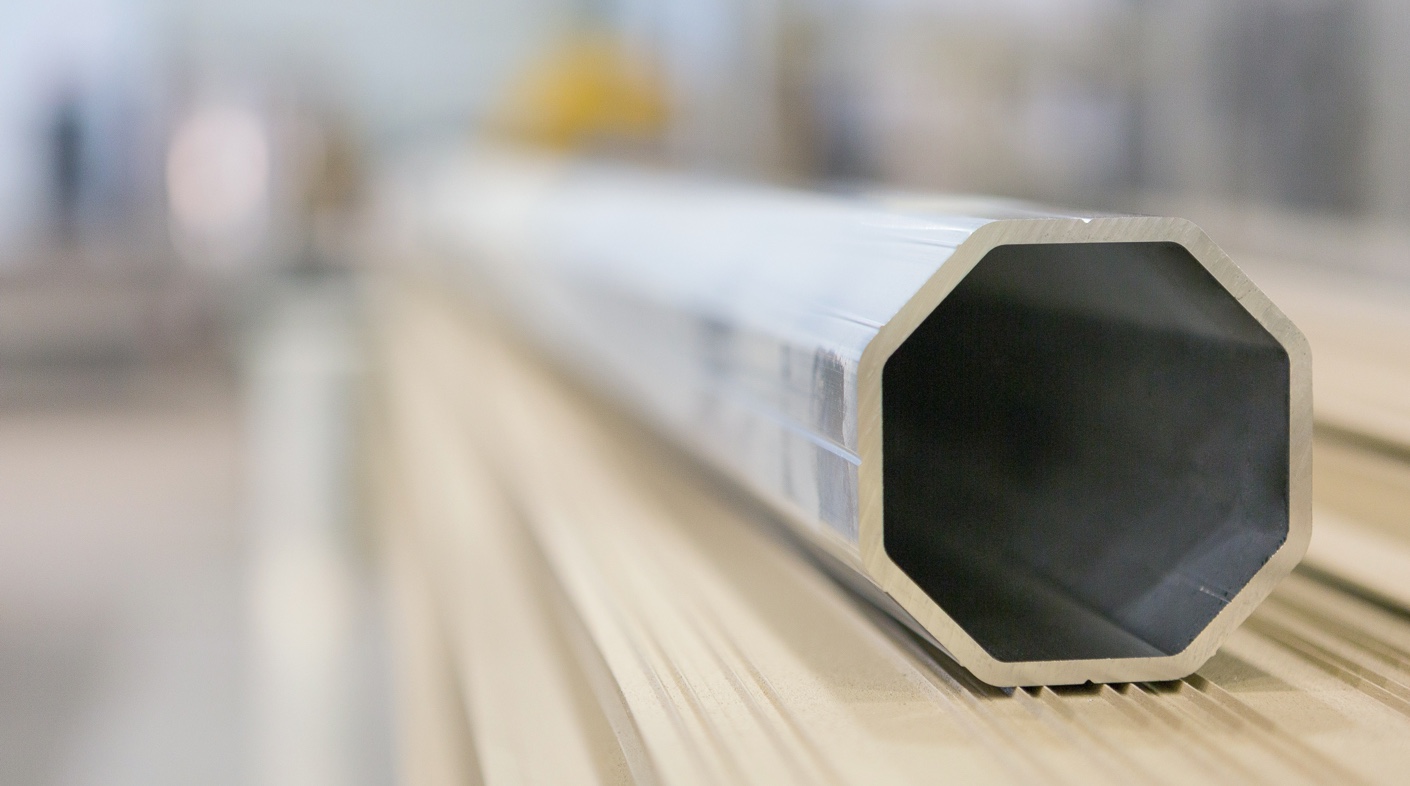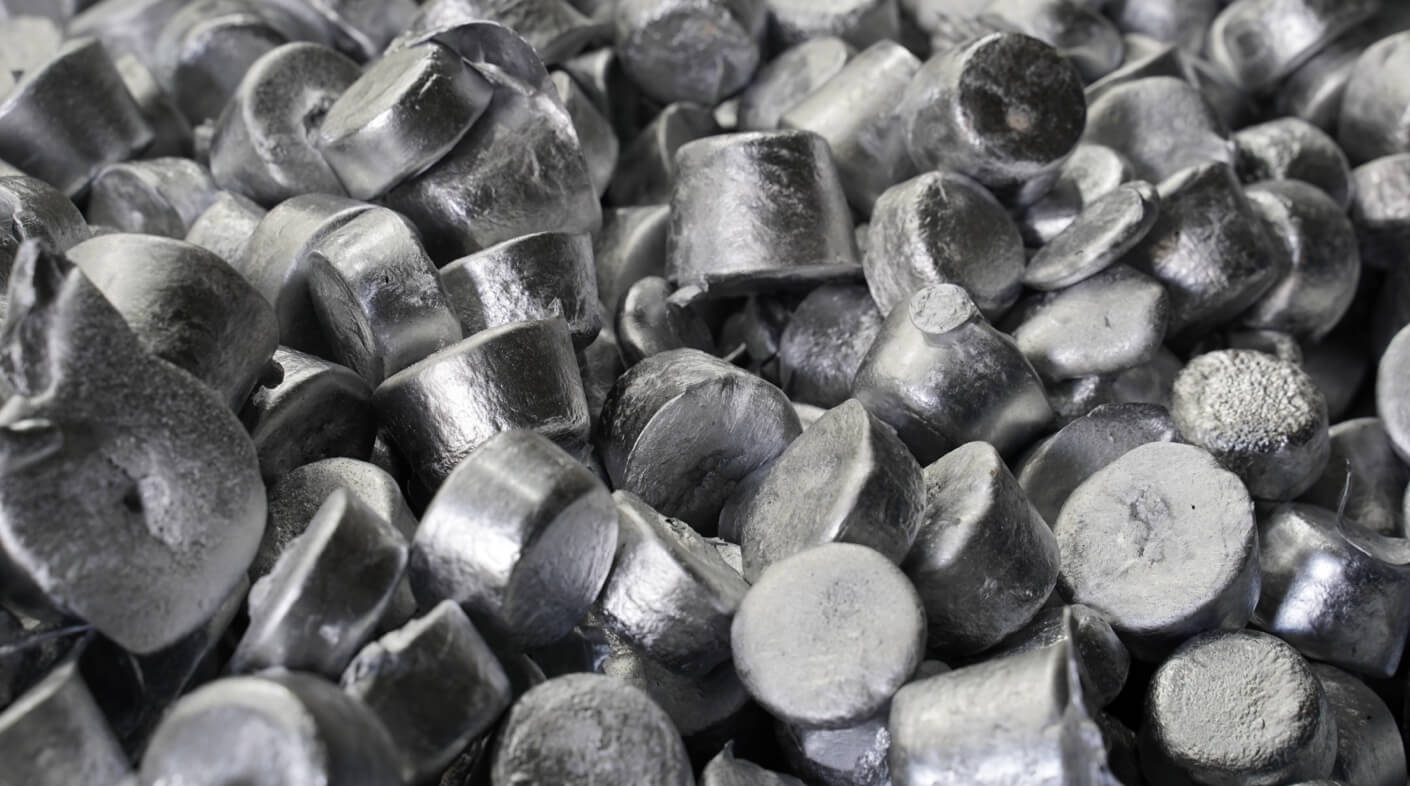
The genesis of a new material
It was only toward the end of the 19th century that aluminum began to be used in engineering applications. In 1886, Paul Héroult, a French engineer, and Charles Hall, an American student, both independently discovered a cost-effective electrolytic production method. The process showed excellent results but required an enormous amount of electric power. Three years later, Karl Joseph Bayer, an Austrian chemist, invented a cheap and feasible alumina (aluminum oxide) production method. The processes that we use today are based on the Bayer and Hall-Héroult processes.
Three inventions would
change the course of history
Internal combustion engine vehicles

Airplanes

Partnerships between the aviation and the aluminum industries would flourish for airframes, engines, missile bodies, fuel cells, and satellite components.
Electricity

Lightweight conductive metal was required for carrying electricity across great distances and for building cable towers to deliver electrical energy from power generation sites.

Aluminum Today
Largely due to its favorable properties, today aluminum is a key material used in many everyday objects and components in virtually all industries, including the food industry.
As automakers move to produce more electric vehicles, car batteries are becoming increasingly powerful—and accordingly, increasingly heavy. Using more aluminum to build vehicle frames helps offset this extra weight and makes it possible to produce the powerful eco-friendly vehicles for which there is growing demand.
More About Aluminum

Why Choose Aluminum

FAQ

AAC Report: Use of Aluminum in Vehicular Bridge Construction

